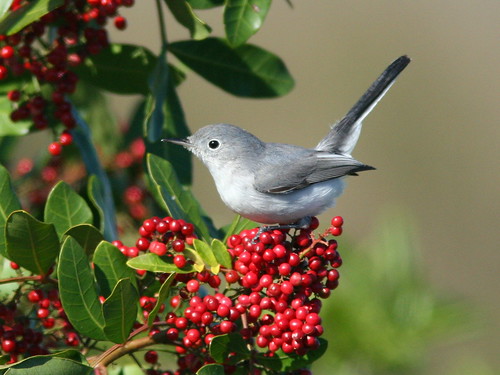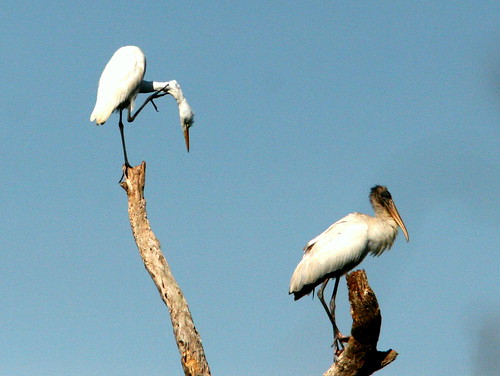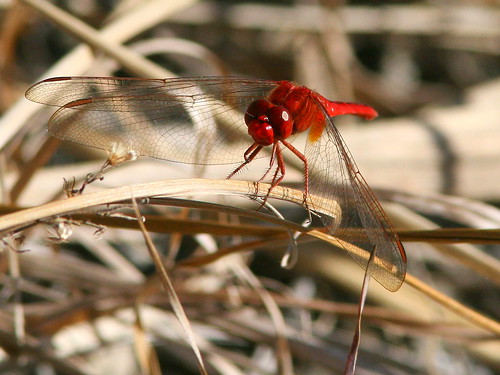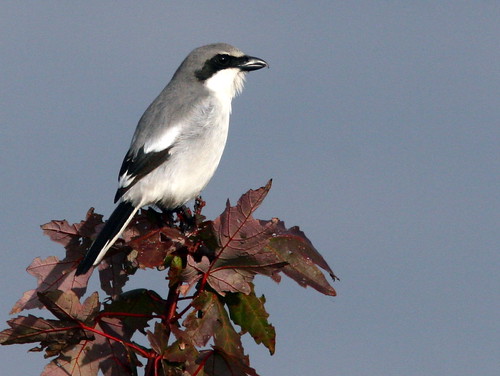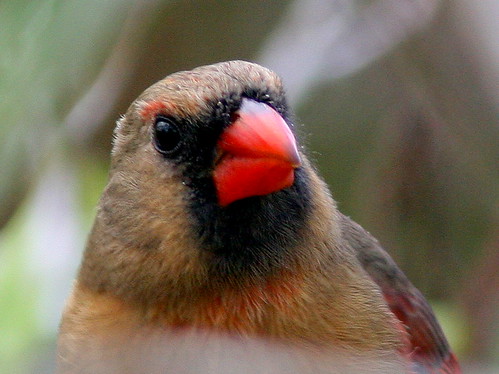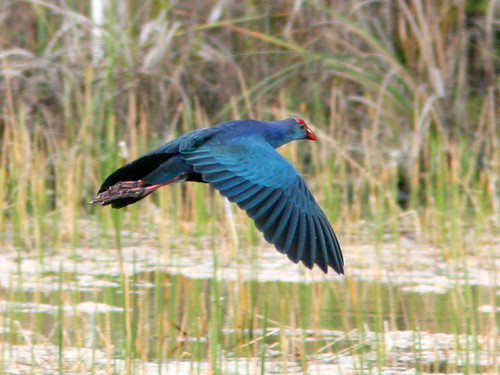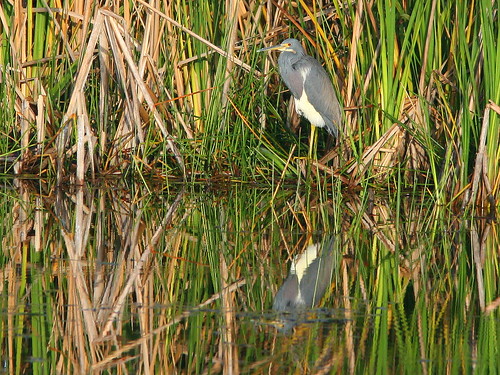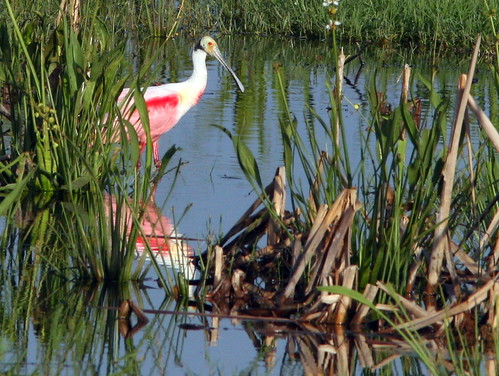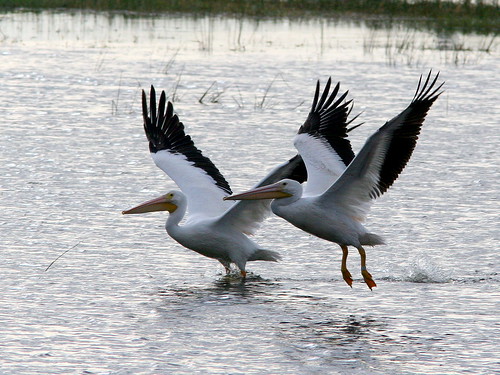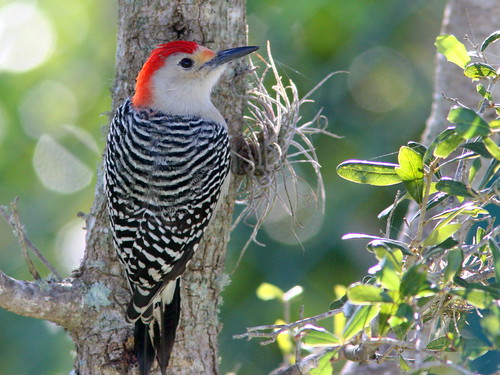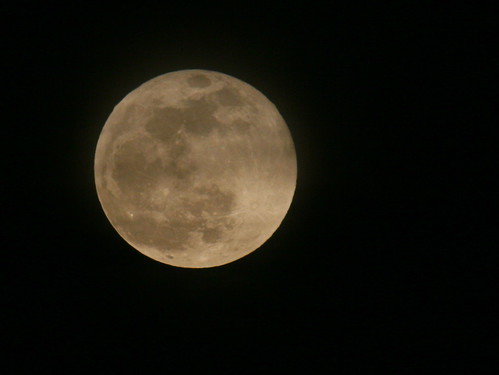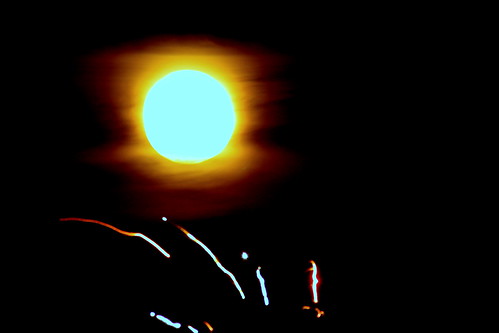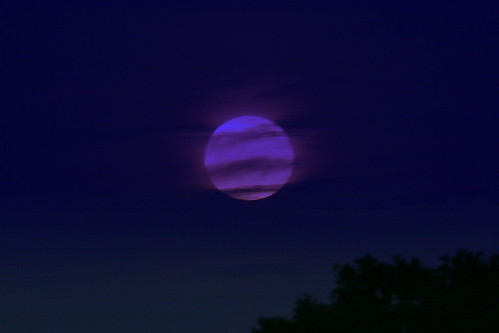Posted by: Ken @ 1:20 pm
Yesterday provided brief respite from a long and record-breaking cold spell in South Florida, with predictions that it will extend well into next week. Our family and friends up north and in the mountains of New Mexico and Arizona may chuckle when we complain about overnight lows in the high 30s and daytime highs that struggle to get out of the 50s. For the first time, after living here for over five years, we finally had to turn on the central heat. The wind chill is expected to dip to the mid 20s tonight.
I took advantage of the warmth to get out into our local birding patch. The water conservation impoundment that I call the “West Miramar Environmentally Sensitive Area or Land (ESA or ESL)” is more accurately described as the southeastern corner of the Broward County Water Preserve Area, established under the Comprehensive Everglades Restoration Program (CERP), as identified in the federal Water Resources Development Act (WRDA) of 2000. The rainwater impoundment areas aid in reducing seepage, recharge the groundwater to improve water supply to urban areas, and prevent saltwater intrusion. They also are part of the system of impoundments and canals that remove phosphates from agricultural runoff and restore sheet flow to the Everglades.
As usual, I had no particular target birds in mind, but I was treated to a new species for my “photographed” list. A hawk was circling lazily overhead. Glancing quickly, I saw a reddish tint to its tail and almost jumped to the conclusion that it was the common Red-tailed Hawk. However, a typical Red-tail usually has a band of streaks on its lower breast, and a distinctive black “patagial” mark that extends about 1/3 of the way out from its body under the leading edge of each wing. In contrast, this bird had a clear white breast and the leading edges of its underwings were also very white. It was a Short-tailed Hawk, one of the rarest hawks in the United States. A tropical species, it breeds regularly only in Florida, and tends to spend the winter in the southern part of the state.
ADDENDUM: As it turns out, my observation was not that unusual, although I could not find reference to the reddish tail in my field guides, I just discovered this reference: http://www.fosbirds.org/FFN/PDFs/FFNv01n2p14-17Ogden.pdf
Florida Field Naturalist, Vol. 1, - Fall, 1973: Strong sunlight shining through the spread tail of a soaring white-phase Short-tail (and in some dark ones) creates the illusion of a reddish-brown tail, rather than pale grey.
The Short-tailed Hawk occurs in two color morphs, one very dark, and, less commonly, a light form as was this bird; despite its name, the tail is about average size for the Buteo group:
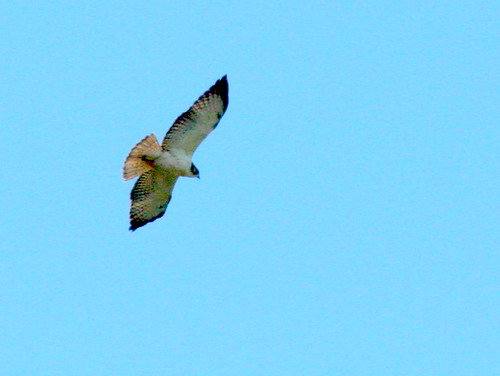
As I stood quietly in a small damp hollow, surrounded by shrubs, a Prairie Warbler emerged from the brush and looked at me quizzically:
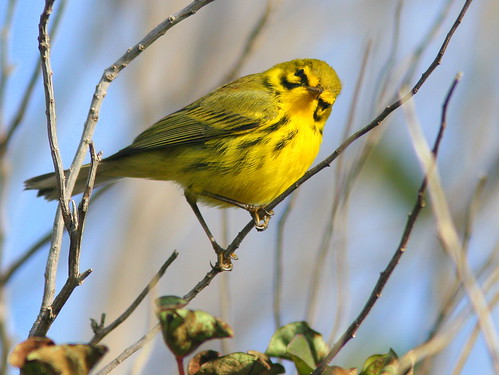
A tiny Blue-gray Gnatcatcher gleaned spiders from the clumps of Brazilian Pepper berries:
There are only a couple of ancient cypress or oak snags left standing since Hurricane Wilma. This one hosts a Wood Stork and a Great Egret that looks for all the world as if it has a broken neck that it is holding up with one foot (actually, it is scratching):
As the day warmed up, dragonflies became active, including this rather unusual Great Pondhawk (click on photo to select the original large closeup view of its face):
An exotic dragonfly from Japan, the Scarlet Skimmer, was presumably brought into Florida on ornamental plants. It is now fairly common:
Before it turned cold, as the end of 2009 approached, a walk in Chapel Trail Nature Center, just to the north, yielded a close view of a Loggerhead Shrike:
This female Northern Cardinal was very shy, permitting me only a glimpse of her face:
Two Purple Swamphens that survived the extermination campaign
Still morning air allowed nice reflections during our visit to Stormwater Treatment Area (STA) 2/3. Tricolored Heron:
Roseate Spoonbill:
A pair of White Pelicans takes flight:
Also located within the Broward County Water Preserve Area, the West Pines Soccer Park and Wildlife Preserve provided a nice view of this Red-bellied Woodpecker:
The year 2009 finished off with a “Blue Moon.” Here it is, straight out of the camera, as it was just clearing the rooftops across our lake:
By accident, a neighbor celebrated the New Year by sending up some rockets just as I was snapping an overexposed image of the rising Blue Moon:
Finally, I could not resist a little editing to celebrate the Blue Moon on New Years Eve– the next one will not come until 2028:














